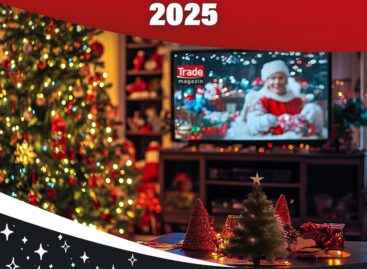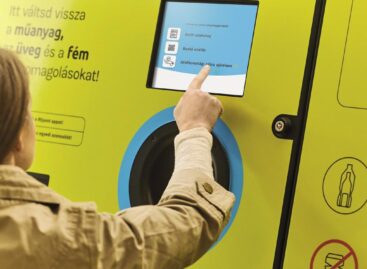The power of agencies
According to an estimate by the Hungarian Advertising Association, total advertising spending in Hungary amounts to HUF 180 billion annually. The FMCG sector accounts for 20-22 per cent of this amount. Consumers have become more conscious and cautious regarding advertisements. Internet is an excellent way of checking the authenticity of information in ads, but where can we check the information found on the Internet? TV accounts for 42 per cent of the media cake. Though the two big commercial channels still dominate the market, digital and cable channels are increasing their share from the cake. Two big stations dominate radio advertising as well, but smaller stations and Internet radio can always produce surprises. Internet already has a bigger slice of the advertising cake than radio and is expected to become a rival of outdoor media by 2009. Globalisation is also present in the printed media, where 2-3 big companies control the market. László Nink, one of the heads of Initiative and Petra Korda, head of food customer marketing from Unilever agree about trends in the media market. As the size of the media market is stagnating, growth of a segment can only take place at the expense of another segment. The magic word is always media mix. In many cases advertisers and agencies work on developing their strategy for months. In the experience of Initiative, some advertisers become addicted to TV, as they have no money left for other media. A good agency could help them in maintaining continuous contact with the target group. Such a co-operation can not only reduce costs, but also offers higher quality options. Agencies have been expanding their packages in recent years. The priority for Initiative is to offer maximum service in all the diverse needs clients have. They believe in the success of thinking with their clients. From Unilever’s perspective, recession leads to a reduction in consumption. However, no major reduction is foreseen in FMCG consumption, which means related media spending does not have to be cut. About one-third of Initiative’s clients come from the FMCG sector. While their FMCG clients have reduced their spending, clients form other, non-FMCG sectors increased their media spending. They see FMCG clients spending a higher proportion of their media budgets on TV, than clients from other sectors. The importance of PR in communication is also growing. Petra. Korda agrees that using PR is often useful. Márta Polgár-Bede, managing director of Well PR Ügynökség thinks that the FMCG sector is very popular in the PR business, because this is where the widest range of PR tools can be used. There are many big multinationals, which are open to innovation. While advertisements are often adapted to the Hungarian market, PR activities are usually planned on the national or regional level, which allows PR staff to be more creative. An increasing number of companies realise that long term image building indirectly contributes to market success and that excellent PR tools are available for promoting a product, which can reduce costs and be very effective at the same time. It is increasingly difficult to distinguish ATL, or BTL, or PR from the others. The best approach by agencies is that a task needs to be performed which requires the best solution. Clients are looking for an organisation which provides the most effective comprehensive solution to their communication needs. BTL is playing an increasingly important role, and accounts for a growing part of media budgets. Initiative has clients who spent nearly 50 per cent of their media budgets on BTL in 2007.
Related news
Related news
(HU) Idei győztes sorrend: Grand Automotive East, Tesco Magyarország, Nestlé Hungária
🎧 Hallgasd a cikket: Lejátszás Szünet Folytatás Leállítás Nyelv: Auto…
Read more >Hungarian professional leadership also shaped global economic decisions at the historic B20 summit in South Africa
🎧 Hallgasd a cikket: Lejátszás Szünet Folytatás Leállítás Nyelv: Auto…
Read more >MOHU is preparing for post-holiday redemption with increased capacity
🎧 Hallgasd a cikket: Lejátszás Szünet Folytatás Leállítás Nyelv: Auto…
Read more >



